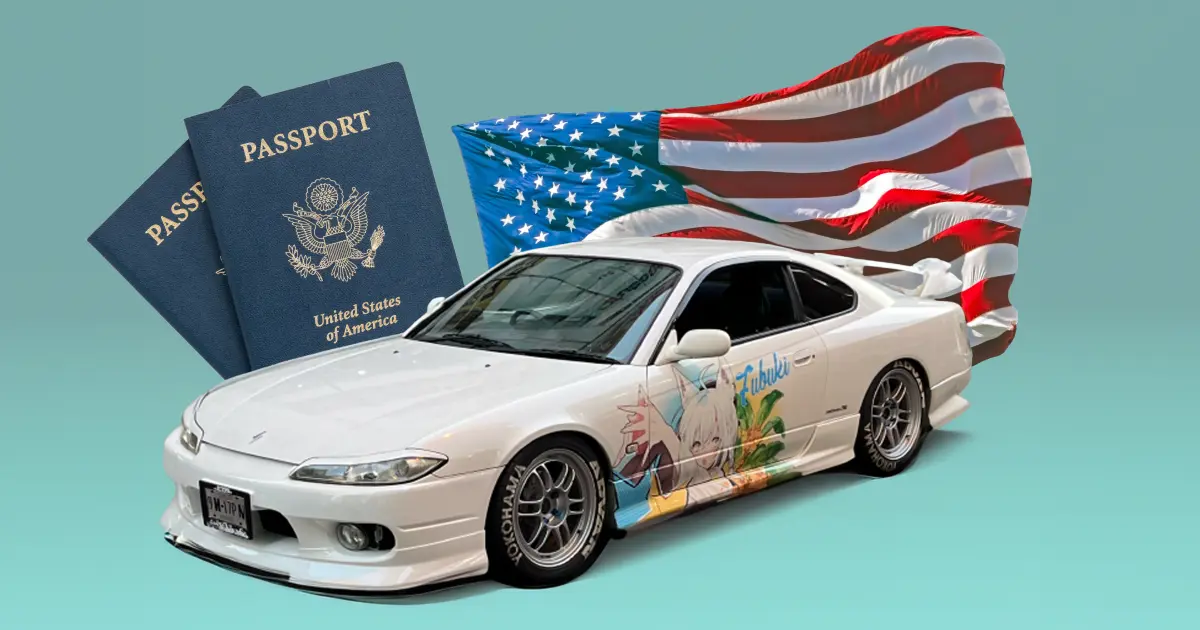
How to import a JDM Car into the United States
These days, it’s becoming more common to see cars from the Japanese domestic market on American roadways. So where are people getting these JDM cars from?
Sourcing a JDM car from Japan
If you’re like me – you were about 13 years old when “2 Fast 2 Furious” came out.
And if life has been especially kind to you since then – you’re now at a point where you can finally justify buying one of those cars.
So you’ve taken a look around Facebook marketplace, as well sites like Bring a Trailer and Cars and Bids. And you’ve discovered that there’s no shortage of JDM legends already circulating in the United States.
The trouble is – they’re not cheap.
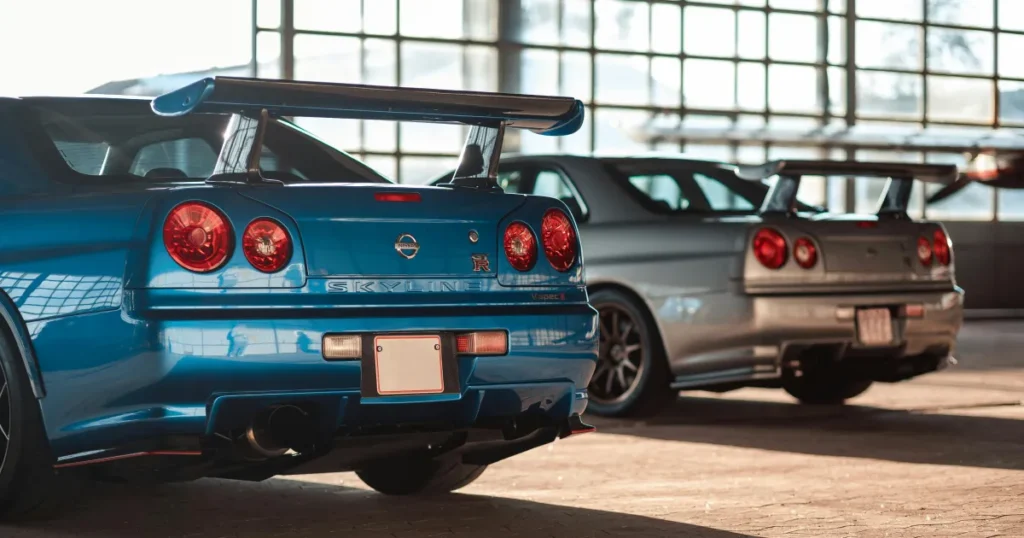
An R34 Skyline GT-R can fetch well into the six figures
And it makes sense. Importing a JDM car yourself seems like it would be a massive headache. You don’t speak Japanese, you’re not trying to wire 20 grand overseas, and who knows if you’ll even be able to get the thing through US customs?
So it makes sense that already-imported JDM cars would be expensive. Surely the markup is worth navigating a logistical nightmare of such a size.
But what if it wasn’t?
What if I told you – you could just import a JDM car yourself?
Finding a JDM exporter or agent
The first thing you’ll need to find is a contact in Japan.
I’m a pretty good person to start with – but in case you can’t get a hold of me, there are plenty of other English-speaking JDM exporters based in Japan.
In fact – there are a ton of different individuals and entities who work to provide this service.
- Solo-preneurs or family businesses who outsource most of the logistics
- Medium-sized companies who partially outsource certain logistics
- Large exporters with their own in-house logistics
In fact, there are so many of us – that a Facebook group called “I Got Screwed by Shady JDM Exporters” was created just to avoid the bad ones.
With a staggering 40,000 members and daily discussions – it’s safe to surmise that finding a quality JDM exporter can be a challenge.
But once you get your hands on a good one – everything that follows should be much less painful. If they’re really good – it can even be pretty fun.
Buying from Japanese Auction Houses
Once you’ve got yourself a partner in Japan – they’ll join you on your hunt for the perfect JDM dream machine.
If you have the time and the patience – Japanese auction houses will likely provide you with the most bang for your buck.
The gold standard, is a chain of auctions called USS, or “Used car System Solutions.” The word “car” was omitted from the acronym for some reason.
There are USS auction houses all over Japan – the biggest of which is USS Tokyo.
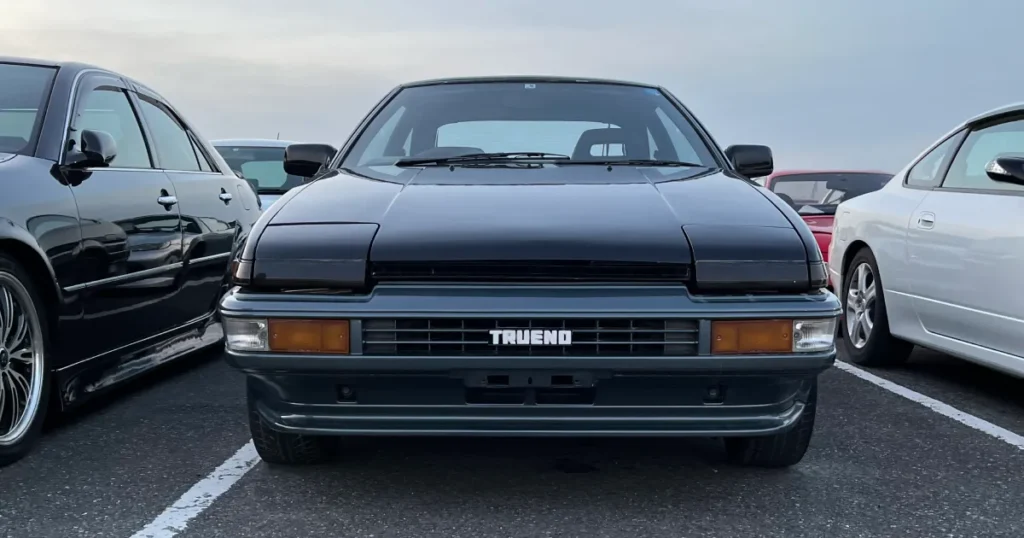
An AE86 Sprinter Trueno appearing on the lot at USS Tokyo
Technically located in Chiba Prefecture, USS Tokyo moves about 15,000 cars every week. You can find just about anything there. To show you what I mean, here’s a few things that caught my attention the last time I drove up there.
- a Midnight Purple Skyline R34 GT-R
- a kei-class fire engine
- a black 1982 Pontiac Firebird Trans Am (like Knight Rider)
- a Chevy Astro StarCraft with the VHS / TV combo inside
- a white Toyota Sprinter Trueno AE86 (like Initial D)
The cars are bid on electronically – in a giant room that looks a cross between a lecture hall and an OTB. Everyone sits in front of a monitor with a small joystick and clicks a button that raises their bid by 5,000 yen per click.
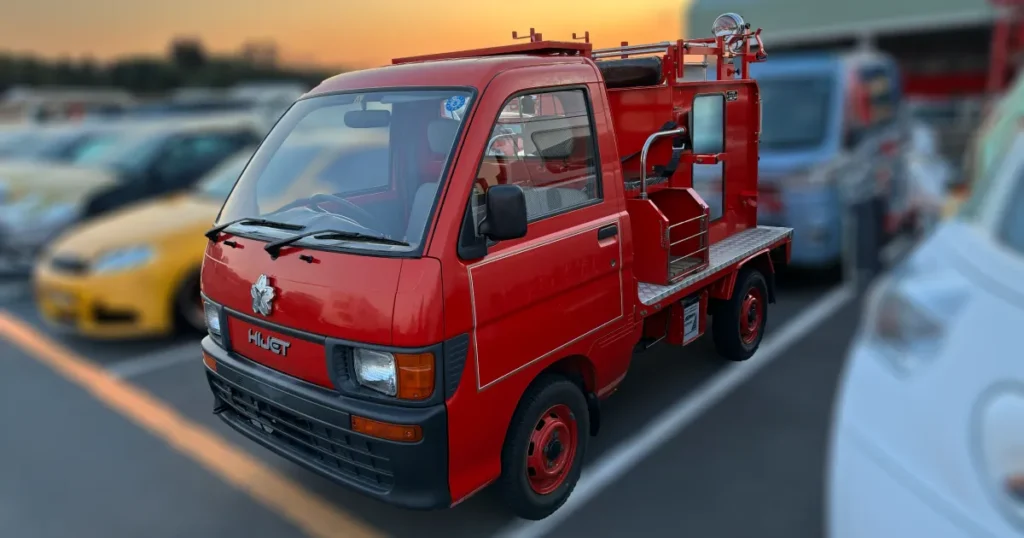
A Daihatsu Hijet mini truck once used by a real Japanese firehouse
Unless you’re physically present in Japan, and a card-carrying USS member – you won’t be able to enjoy the live bidding yourself. Instead, you’ll give your max bid to your exporter in advance – and they’ll click the button for you.
If you end up being the person who made the highest bid – the car is yours.
Buying from Japanese Dealers
If you want something a bit more expedient than auction houses – there’s nothing stopping you from buying a car from a regular dealer’s lot in Japan.
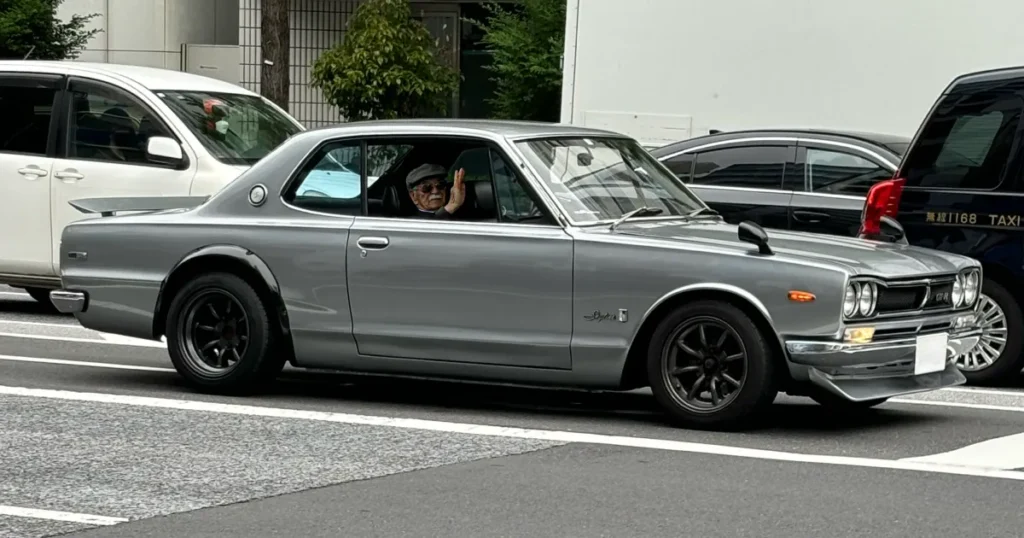
One of the first ever Skyline GT-Rs on the streets of Akihabara
You’ll still need a local agent and/or exporter to make that purchase on your behalf. And dealer cars will often be more expensive than auction cars.
But if you find the exact car that you want on a dealer’s lot – it may be worth it to you to just grab it up while you can.
The gold standard for browsing used car dealers in Japan is “Goo Net”. It can be a little tricky to navigate at first – but there are some real gems to be found if you keep digging.
And while Goo Net is a useful tool, it’s far from the only method of finding export-eligible JDM cars. A good exporter will be able to buy and ship any car in Japan – regardless of where either of you found it.
Shipping a car from Japan to the United States
Once you’ve found a JDM car to call your own – you still need to figure out how to get it out of Japan. Your exporter should be able to arrange everything up to the point of arrival in the US relatively quickly.
Japan-side logistics
Whether you bought a car from an auction or a dealer – they’ll want it off their lot as soon as possible. This means contracting with local 陸送 “rikuso” transporters.
Your exporter will likely have a few different companies on call, or even have their own trailer if they’re a big enough company themselves. In either case, they’ll arrange for someone to pick up your car, and trailer it to the nearest port.
Then it’s time for all the Japan-side paperwork:
- turning the plates into the Japanese DMV
- exchanging the registration for something called an “export certificate”
- contracting with a 船会社 “funegaisha” shipping company
There are several different shipping companies – and your exporter will likely reach out to all of them, in an effort to ship your car as fast as possible.
There are two types of vessels which ship JDM cars from Japan to The United States – and each have their own pros and cons.
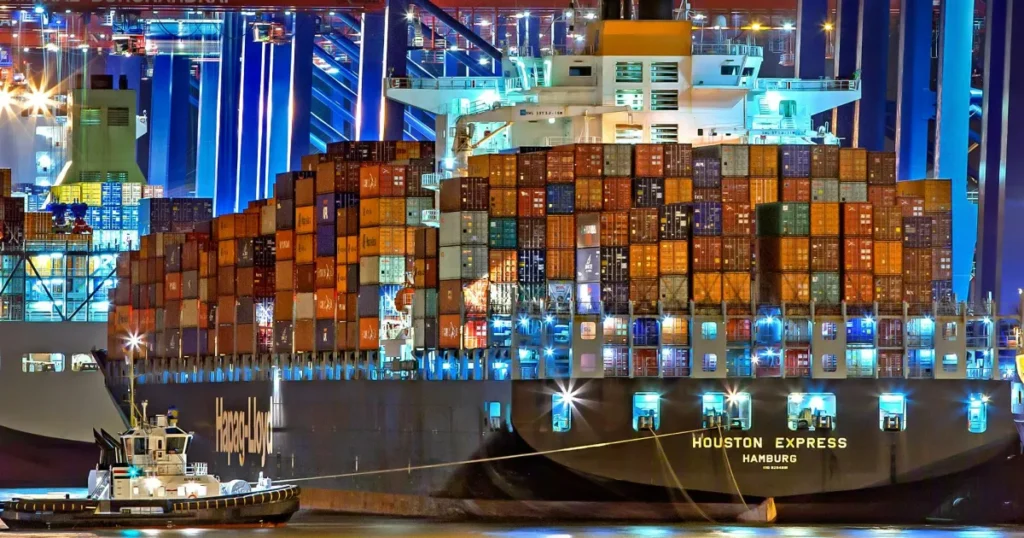
A Hapag-Lloyd container vessel
Container Ships
Container ships make up abut 80% of all liner vessels in existence.
Container ships are a popular choice for people importing more than one car over an extended period of time. Because you pay for the container itself – it can make sense to spread that cost over multiple vehicles.
Container Vessel Pros:
- Can often be booked for shipment relatively fast
- Good for shipping multiple cars at the same time
- Sometimes considered to be safer (depending on the loading plan)
Container Vessel Cons:
- Requires extra labor and costs for “vanning” or lashing the cars inside
- Prices can fluctuate dramatically
- Consignee needs to be registered as a company (with a tax ID) in the US
Roll-on/roll-off (ro-ro) ships
Among the remaining 20% of liner vessels, are ro-ro ships.
Ro-ro ships are essentially giant floating parking lots. The name “roll-on/roll-off” refers to the act of simply driving your car on and off the boat.

A military ro-ro vessel loading armored personnel carriers
Because these vessels are designed for the sole purpose of carrying cars, the majority of the spaces onboard ro-ro ships leaving Japan are taken up by brand new cars – coming fresh from the manufacturers. This unfortunately puts an individual importing a single used car – at a lower priority than someone like Nissan, Honda, or Toyota, who are sending thousands of vehicles overseas at any given time.
Ro-ro Vessel Pros:
- Cars can be easily loaded onto (and off of) the ship
- Consignee does not need to be registered as a company
- Costs much less for shipping a single car
Ro-ro Vessel Cons:
- Limited spaces for used vehicles
- Somewhat greater risk for dents and dings
- Requires specific routes and ports
Clearing customs in the United States
If all of the above goes smoothly – you won’t have to do much besides wait.
Most exporters would like to have their hands washed of the deal by the time your car lands in the US. But a good one will make sure you’re set up for success – even on the American side.
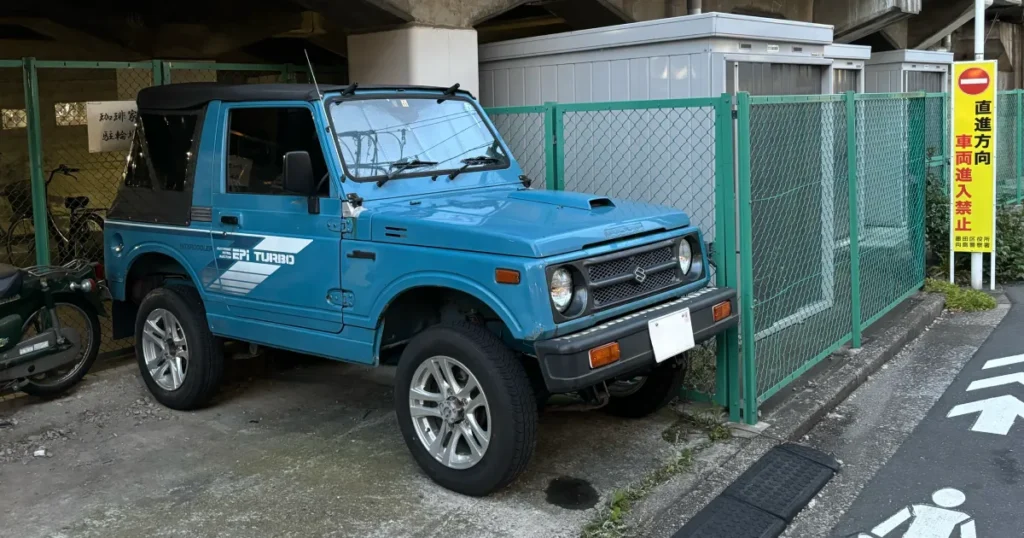
You found the JDM car of your dreams, but are you sure it’s import-eligible?
Finding a US customs broker
You don’t technically need a US customers broker to import a JDM vehicle, but it’s a very good idea to get one. They’ll be able handle all the bureaucracy. including but not limited to:
- Customs Clearance
- ISF Filing
- Paying Duties and Taxes
Ask your exporter to put you in touch with a customers broker as early in the relationship as possible. This way, you’ll have someone to put your mind at ease, if any US-specific questions arise that your exporter can’t answer.
Transporting the car home
Even when using a ro-ro ship – driving the car home yourself on the day of import is probably not going to be a good idea.
Depending on which state you live in, obtaining both a temporary registration and insurance in advance – will range from difficult to impossible.
It’s also good to remember that the car is at least 25 years old, has never been driven by you, and may not even be able to make the journey to your driveway.
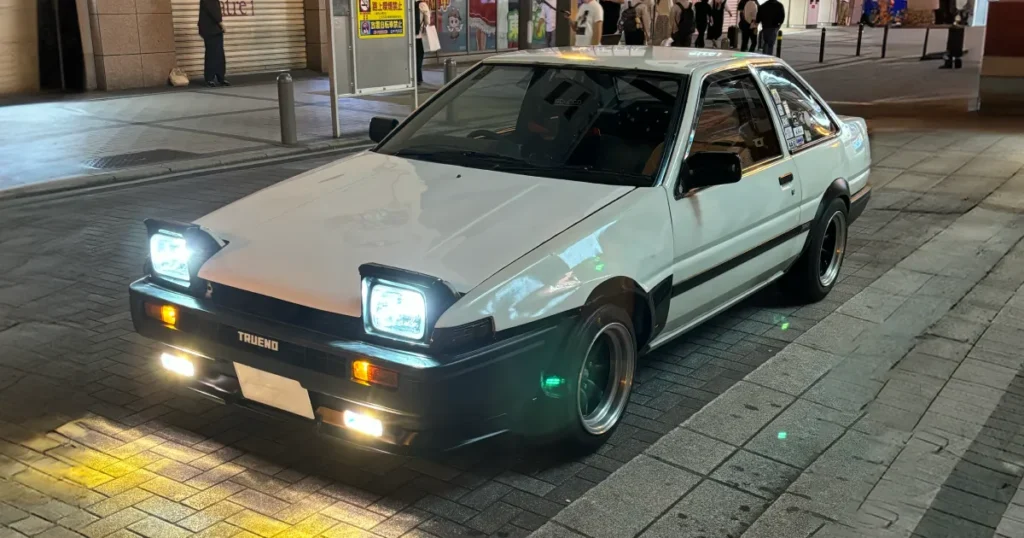
Imagine sitting in your Initial D style Sprinter Trueno, broken down on the Jersey Turnpike
If you decide to use a customs broker (and I recommend that you do) they will likely also offer some form of “door to door” service. A lot of customs brokers will be able to trailer your car from the port to your house – saving you what might otherwise turn out to be a lot of time and effort.
Registering your new JDM car
For some, this last part can be the most challenging of all.
The greatest fear of any American hoping to import their own JDM dream machine – is getting it and not being able to drive it.
Imagine spending thousands of dollars, and months of your life – only to be told by some DMV clerk to kick rocks. Unfortunately, this is a real possibility for anyone looking to import a JDM car into the United States.
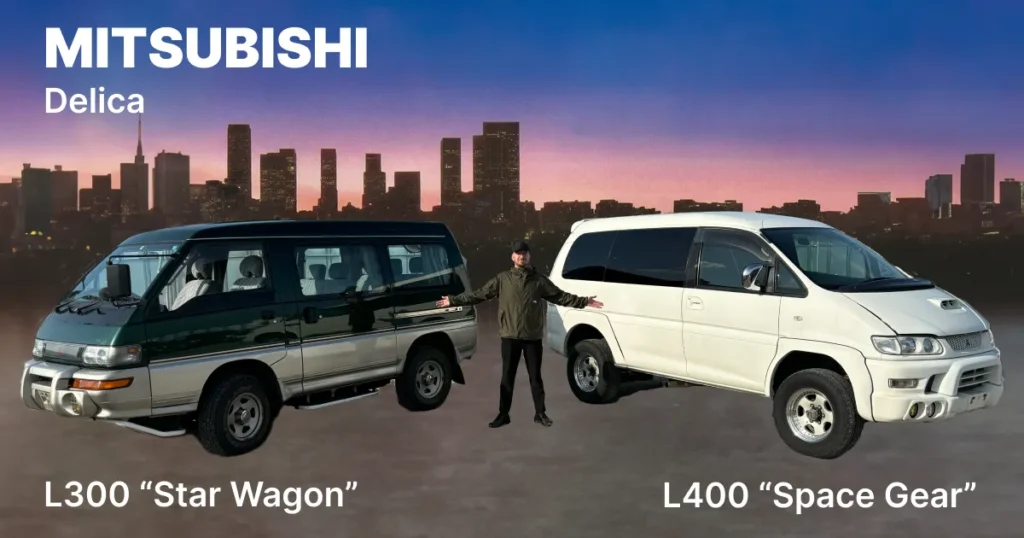
Mitsubishi Delicas – loved by me, hated by the State of Maine
Even more frightening, some states have even retroactively cancelled the registrations of JDM owners, ordering them to surrender their license plates months after being told everything would be ok.
So what can you do prevent yourself from suffering the same tragic outcome?
Arming yourself with as much knowledge as possible
JDM vehicle registration in The United States is a constantly changing landscape.
Experiences can vary from state to state, and even town to town. There are stories of residents being denied at one DMV, only to drive to the next county over, and get their car registered by a friendlier clerk.
The best thing you can do – is try to and keep your finger on the pulse as much as possible.
- Follow JDM activists (yes that’s a real thing) on social media
- Check local news for changes to regulations
- Connect with exporters, customs brokers, and other owners
Keeping in touch
Despite still being a “niche” hobby – the number of JDM fans in the United States is formidable – and growing.
Whether you’re looking to peel out of the Wawa parking lot in your S-15 Silvia, or spend a weekend at the Delaware Water Gap in your HiAce stealth camper – there’s never been a better time to try and import your own JDM car into the United States.
Just make sure to do your homework, take your time, and have fun along the way.